Reel Mowers
apprenticegardener
11 years ago
Related Stories
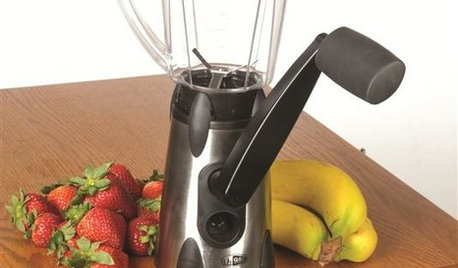
ACCESSORIESEasy Green: Cut Electricity Use With 15 Unplugged Home Devices
Crank up the energy savings, courtesy of household items that come into power the old-fashioned way: manually
Full Story
LANDSCAPE DESIGNIs It Time to Consider Fake Grass?
With more realistic-looking options than ever, synthetic turf can be a boon. Find the benefits and an installation how-to here
Full Story
BEFORE AND AFTERSSee 6 Yards Transformed by Losing Their Lawns
Wondering whether a turf lawn is the best use of your outdoor space? These homeowners did, and they found creative alternatives
Full Story
GARDENING GUIDES7 Ecofriendly Gardening Ideas That Also Cut Chore Time
Spend less time weeding, less money watering and more moments just sitting back and enjoying your healthy garden
Full Story
EARTH DAYThe Case for Losing the Traditional Lawn
Work less, help the environment and foster connections by just saying no to typical turf
Full Story
LANDSCAPE DESIGNTry Slow Gardening for Some Unexpected Benefits
Why set your garden on the fast track? Here's how to relax and enjoy it in an entirely new way
Full Story
GARDENING GUIDES5 Great Grasses for a New Lawn
Learn about maintenance, wear tolerance, ideal climate and more for these top turf choices to pick the right one for you
Full Story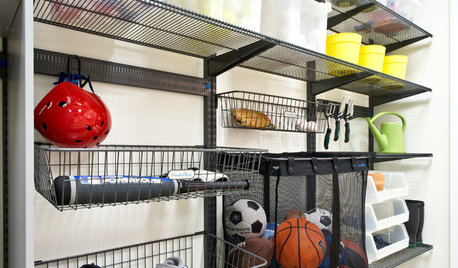
GREAT HOME PROJECTSHow to Make Your Garage a Storage Powerhouse
New project for a new year: Add shelving and containers to get your stuff off the garage floor — and still have room for the car
Full Story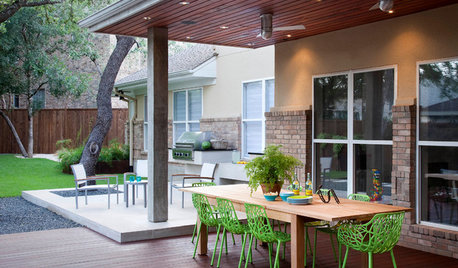
MONTHLY HOME CHECKLISTSYour April Checklist for a Smooth-Running Home
Shake off the winter blues and spring into action to get your home in the spirit of the new season
Full Story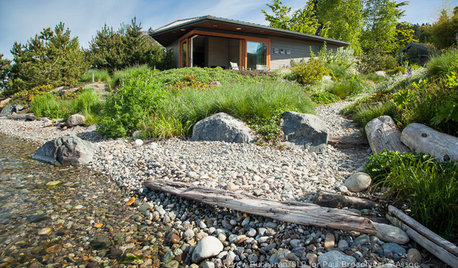
INSPIRING GARDENSLawn Gives Way to a More Natural Lakeside Garden
Meadow grasses, beach pebbles and driftwood replace turfgrass in a nature-friendly landscape on Lake Washington’s shore
Full Story





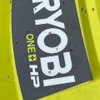
dbudny
Greg Goyeneche
Related Professionals
Seabrook Landscape Architects & Landscape Designers · McKinney Landscape Contractors · Americus Landscape Contractors · Brockton Landscape Contractors · El Mirage Landscape Contractors · Mercedes Landscape Contractors · Oklahoma City Landscape Contractors · Oxnard Landscape Contractors · San Pedro Landscape Contractors · St. Louis Landscape Contractors · Weymouth Landscape Contractors · Oxon Hill Landscape Contractors · East Norriton Landscape Contractors · Fairfax Carpenters · Oak Lawn CarpentersapprenticegardenerOriginal Author
Greg Goyeneche
david_tx
Roger2012
Lawtojam
Greg Goyeneche
KubotaMaster
Greg Goyeneche
rager_w
apprenticegardenerOriginal Author